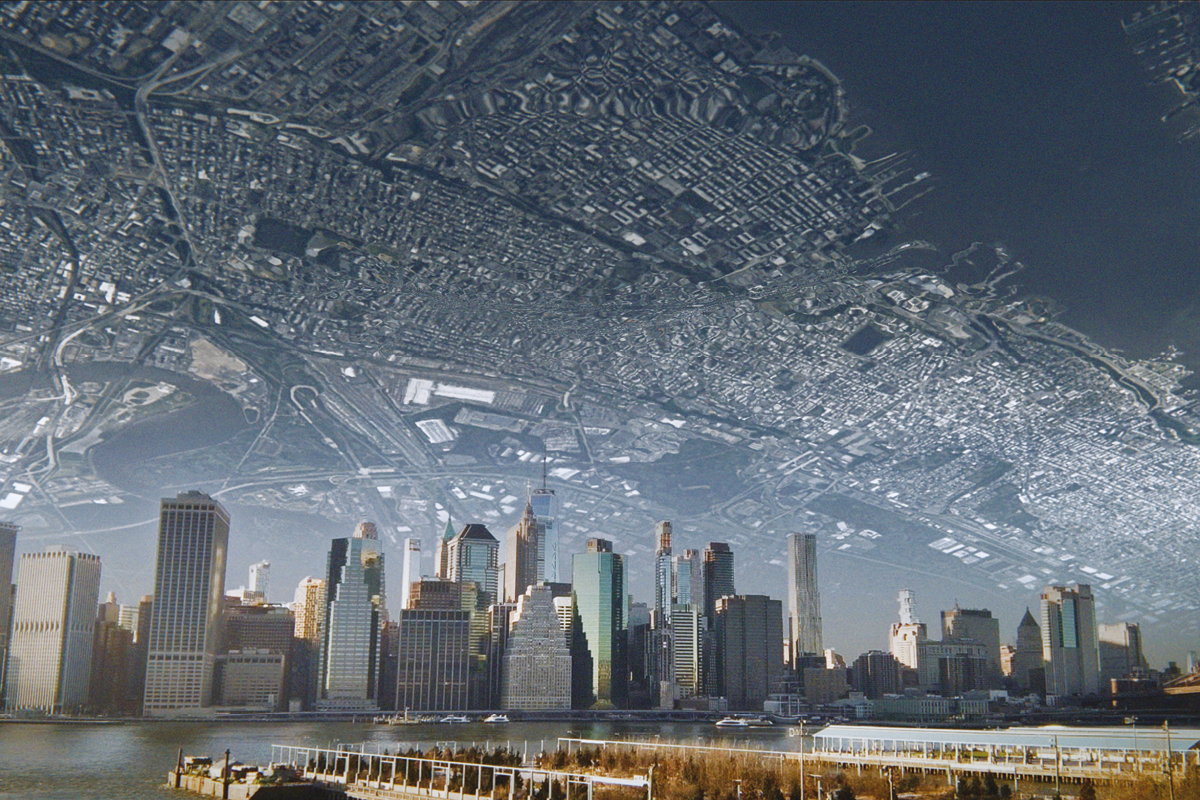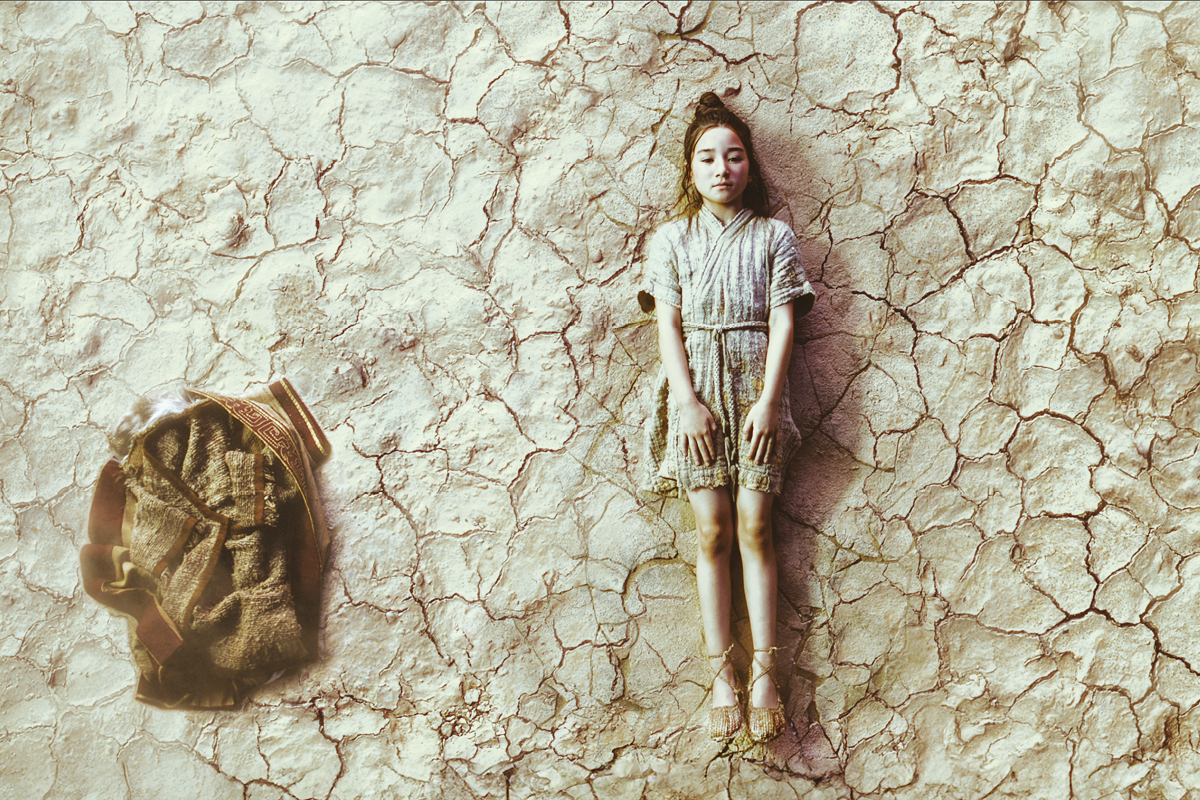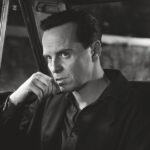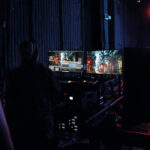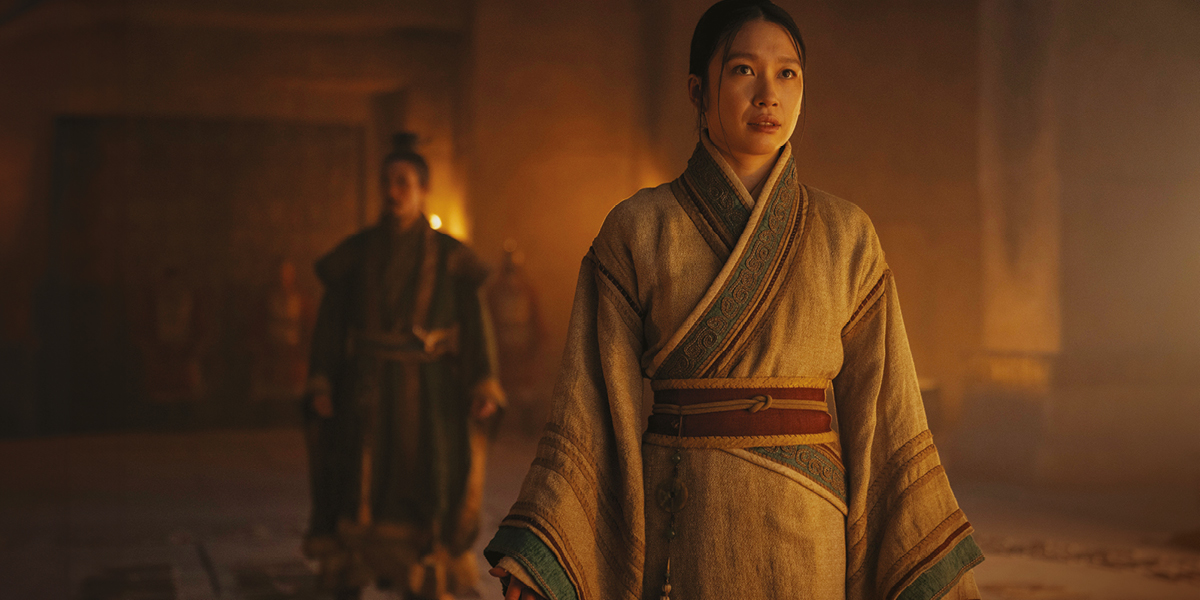
3 Body Problem
Posted on May 31, 2024 by Samara Husbands
Playing with light
A trio of DOPs discuss their roles in transporting viewers between real and virtual worlds in David Benioff, DB Weiss & Alexander Woo’ s sci-fi hit 3 Body Problem
Words Adrian Pennington IMAGES Netflix
Before Game of Thrones became a global phenomenon, there was a feeling fantasy was something only a niche, if loyal, audience would lap up.
Now the makers of HBO’s dragon and sorcery hit aim to do the same for sci-fi naysayers.
As their source material, showrunners David Benioff and DB Weiss – along with Alexander Woo – chose The Three-Body Problem by Chinese novelist Liu Cixin and turned it into an eight-hour series for Netflix.
“We’ve all seen a thousand alien invasion stories,” Benioff says, “but this one’s different because it focuses on the human response to finding out we’re not alone in the universe — and the others out there are not necessarily friendly.”
The ambitious story spans different decades and planes of existence, from China’s Cultural Revolution in the sixties to contemporary Britain, New York City and a vast, epic virtual reality world.
Naturally, the showrunners turned to the experience of a DOP who had shot 17 episodes of Game of Thrones to help establish the show’s visual language.
“There are many elements to the first season and to what they hope would become subsequent seasons,” according to Jonathan Freeman, ASC, a Canadian DOP who won an Emmy for Boardwalk Empire and has also worked with directors Russell Mulcahy, Richard Loncraine and Robert Lepage.
His first decision was determining the aspect ratio.
Game of Thrones was presented in familiar 1.78:1, but for a story at least partly set in outer space, they discussed using several framing formats.
“I was keen on the notion of a wider aspect ratio because eventually this story will expand into space,” Freeman says. “A wider-screen format of 2:39 or 2:35 is used in many successful space odysseys to represent the vastness of space and the distance between elements, whether between two planets or an astronaut floating over a planet. A widescreen format also made sense for the VR game, where we need to convey the scale of individual figures in a landscape, Lawrence of Arabia style.” A storyline in episode 5 about a giant freighter ship also suggested a wider-screen frame.
They decided to stick with 2:35 shooting on ARRI ALEXA LF, but to divide earthbound scenes of relative normality from the hyper-real sequences of the VR world by using different glass.
“Given that the first couple of episodes jump from scenes set during the Chinese Cultural Revolution to contemporary scenes in London, and to lean into the cinematic language of films set in space, my preference was for anamorphic. I felt we needed glass with a vintage look but also a way of making it feel modern at the same time.”
That balance was found in the ARRI ALFA, a lens set purposely detuned for Greig Fraser, ASC, who was at the time shooting them for The Batman.
“It had almost exactly what I was looking for,” Freeman says. “A vintage feel surrounding the edges of the lens, but sharp in the centre so we could cut between any period from late-sixties China to modern-day London smoothly and effortlessly.”
In contrast, the VR scenes appear extraordinarily sharp – a factor of being filmed with ARRI’s spherical DNA range. “Technically, they are a bit purer, which was an advantage to the VFX team who needed to produce some very complex environments in the VR world.”
The VR world, which was engineered by extraterrestrials in the story, takes the player from the Shang dynasty in China to Tudor England to post-apocalyptic deserts. These were filmed against a large 180° wall consisting of ARRI SkyPanel LEDs filtered through and hidden behind a Rosco scrim.
“We spent a long time developing ideas for how to shoot these imaginary worlds,” explains Richard Donnelly, ISC, who also shot episodes 1 and 2, joining the project a little later after shooting The Nevers.
“Our board operators could control any kind of colour we wanted. It was fantastic as it enabled us to light the actors as we wanted to, for instance with the sun rising, instead of it being led by VFX. We augmented the set with many other lights, but that wall was us lighting the actors. It’s almost the reverse of volumetric capture in which you use plates filmed on location to light the live action. Here, it was the other way around.”
For example, a scene set in a VR desert in episode 2 introduces the AI child character Follower and the concept of dehydration. The characters hide under a rock to escape the rising sun. Donnelly lit the scene with the wall and a ceiling rig of Vortex lights. “All the long shadows are real. It’s almost like shooting back in the forties where you’re creating all these shadows in camera on-set and it’s not a heavy FX world.”
Swedish cinematographer Martin Ahlgren, ASC (The Plot Against America) lensed the three-episode block following Freeman and Donnelly.
This included the startling scene in episode 5 in which a container ship and everyone onboard is silently ripped to shreds by ‘nanofibers’.
“It needed a lot of figuring out from a storytelling perspective; how to build up the mystery of what was being done, then also revealing it happening as well as finding the right level of detail.”
A storyboard artist designed ‘some gruesome ways to be sliced’, but the showrunners and director Minkie Spiro dialled that down. “We’re setting it up for a shockingly violent way to die, but letting the imagination do the rest,” he says.
This scene, in keeping with the rest of the series, stretches the boundaries of our known physical world, rooting the fantastical elements in some level of scientific understanding.
Ahlgren plotted camera moves for the scene using LED pixel tape before moving to the backlot where production design had built a large, to-scale section of the tanker – complete with a helicopter pad.
“The idea is that the nanofiber technology is cutting at a molecular level, so unless gravity is doing something to the object or person, we don’t show its effect. We show cutting paper and when the ship hits the bank of the canal it topples like a stack of plates, but the technology itself is not revealed.
“We had to figure out at what speed the nanofiber would move, in relation to the ship’s movement and that of the camera. We decided that it moves slowly enough for someone to run away from it if they can, and that becomes a big part of the drama.”
The series was shot at Shepperton Studios over nine months, ending in August 2022.
Most was filmed in England using locations in and around London, as well as in Portsmouth, Kent, Oxford, Sussex and Bedfordshire.
Other locations included a mountain ridge near Cáceres in Spain, site of the Chinese radar station, and Cape Canaveral in Florida.
Director Derek Tsang (Better Days), a Chinese native, had drawn on his own experiences of hearing stories about people who lived through the Cultural Revolution in order to picture the series’ opening scenes.
“His own memory of that time period is from images that are shot on Ektachrome,” says Freeman. “We opted not to go full Ektachrome in our look since that would give us bright primary colours and everything else would be muted. We go in between to yield that period feeling, pulling back on the primaries, but without becoming a distraction for the rest of the story that follows.”
This feature was first published in the June 2024 issue of Definition.


